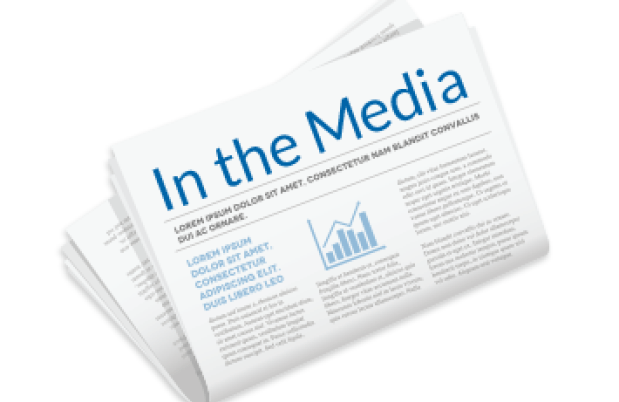Conte Center Grant Expands Studies of Brain Mechanisms Behind Depression and Anxiety
July 12, 2021
With a $15,973,571, five-year grant from the National Institute of Mental Health (NIMH), investigators from McLean Hospital and four other institutions will further their studies into the brain mechanisms behind depression and anxiety.
Under the title “Novel Treatment Targets for Affective Disorders Through Cross-Species Investigation of Approach/Avoidance Decision Making,” this Silvio O. Conte Centers for Translational Mental Health Research grant involves laboratories from McLean, Massachusetts General Hospital, Massachusetts Institute of Technology, the University of Washington, and Brown University.
According to Diego A. Pizzagalli, PhD, director of the McLean Center for Depression, Anxiety and Stress Research and the McLean Imaging Center, the grant will increase understanding of the brain circuitry associated with anxiety and depression. The research may also lead to new medications that are more effective.
Center collaborators include Pizzagalli, Darin Dougherty, MD, Massachusetts General Hospital, Ann Graybiel, PhD, MIT, Michael Bruchas, PhD, University of Washington, and Michael Frank, PhD, Brown University.
Pizzagalli, who will serve as center director, said “available treatments for anxiety and depression are not very effective for a substantial portion of patients, and there’s been a paucity of innovation in drugs that treat these conditions. Although safer, the antidepressants currently used act on the same receptors in the brain as the ones discovered in the 1950s. There is clear evidence that we need something different and new.”
Pizzagalli explained that most current drugs for anxiety and depression target either serotonin or dopamine. But studies into other neurochemical pathways in the brain, such as nociceptin receptors, point to the possibility for improved treatment.
“Across species, nociceptin receptors have been found to inhibit serotonin and dopamine and to play a key role in stress regulation, learning, pain processing, and responsiveness to rewards,” he stated.
“Our initial studies have shown that people with depression who died by suicide had increased levels of nociceptin in the core regions of the brain reward system. There is also some evidence these receptors have an impact on stress responses and anhedonia.”

Pizzagalli and his colleagues at McLean will use MRI technology to study the brain mechanisms of human subjects
Building on this research, Pizzagalli and his fellow Conte Center investigators will study nociceptin receptors using human and animal subjects. “Our hope is that a nociceptin antagonist—something that blocks this receptor—could lead to a new antidepressant medication,” Pizzagalli said.
A crucial part of this research involves studies of “approach-avoidance” behaviors. “We took the typical experience of making decisions and balancing the potential negative and positive effects of those decisions, and we brought it into the lab,” Pizzagalli stated.
“To use a real-life example,” Pizzagalli explained, “deciding to go out during final examinations might lead to both a reward—having a fun evening with friends—but also a negative outcome—failing the exams.”
In a laboratory setting, Pizzagalli and the other investigators can watch brain activity when a subject makes these kinds of choices. “These observations can help us learn more about what drives depression and anxiety,” he said.
At McLean, Pizzagalli and his colleagues will use MRI technology to study the brain mechanisms of human subjects with current or past depression while they make decisions in hundreds of trials.
“If a subject approaches a trial, they can receive a reward, such as winning money. But there is also a potential punishment. For example, the subject will be presented with an aversive picture,” Pizzagalli explained. “We present all possible combinations of rewards and punishments to allow us to determine for every subject where the decision is. At what point is it not worth it?”
This study, Pizzagalli explained, is “based on the hypothesis that people with depression would be less sensitive to the reward but more sensitive to the punishments.” Monitoring the subjects’ brain activity, he said, “helps us to understand the neurocircuitry underpinning motivation and decision-making.”
The Conte Center grant brings all these studies together in a way that allows for close collaboration and the potential for an advanced understanding of anxiety and depression. In applying for the NIMH grant, Pizzagalli reported that he and his collaborators needed to “come up with a research plan that was intertwined and interdependent.”
The NIMH, he said, “asked that the sum needed to be greater than its parts. The work that I was doing needed to inform the work at other labs, and the work at other labs needed to inform my projects. We were able to achieve that.”
Now, operating as a Conte Center, Pizzagalli said, “We have an exciting opportunity to learn more about the brain and develop treatments for anxiety and depression that are more effective.”
Media Requests
Journalist or member of the media? We are available 24/7 for media requests.



